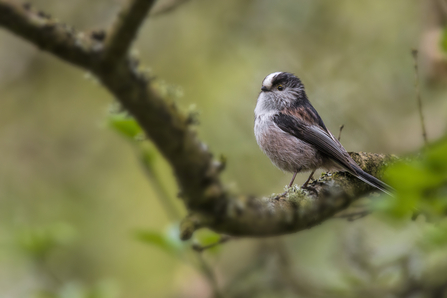
Long-tailed tit by Roy McDonald
Primroses by Tristain Blaine

Long-tailed tit by Roy McDonald
Snowdrops and primroses mark the start of the year's woodland flowers at this nature reserve. As spring progresses more flowers will start to bloom, leading up to stunning carpets of bluebells later in the season.
The woods are also filled with birdsong at this time of year as birds start to claim their territories ahead of breeding.
This nature reserve has three areas to explore - Bowdown, Bomb Site and Baynes, all with a different character.
The Bomb Site is so named because it was an ammunition store during and after the Second World War. It is a great example of how nature can thrive and develop on a site vacated by people. Many old, surfaced tracks create a network through the young birch and oak woodland that has colonised the site. Try the short Wildlife Walk from the car park - it's on surfaced tracks and ideal for less mobile visitors.
Bowdown is magical, dense ancient woodland, which has views across the Kennet Valley. The 1-mile Wildlife Walk takes in some damp clay areas on the lower slopes and steep climbs up to higher, drier ground.
Finally, Baynes is the most secretive part of the wood. The dense ancient woodland here has lots of streams and some steep paths. The Wildlife Walk has some steep sections, steps and bridges.
You can explore the reserve and wider countryside around Bowdown Woods on our 6-mile circular walk.
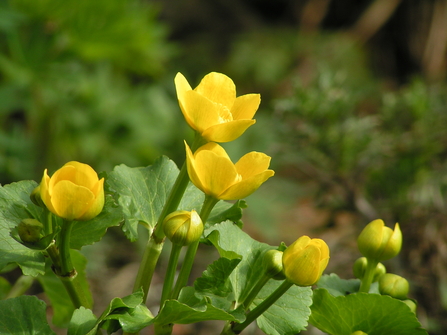
Marsh marigold by Richard Burkmar
Take a riverside stroll through Cholsey Marsh nature reserve, which sits on the banks of the River Thames. It is mainly flat but the ground can be soft after rain and there are gates and kissing gates to negotiate.
Riverside marshes like this are scarce these days following large-scale drainage for farming. This site is home to a wealth of plants, insects and birds that depend on the wet reed and sedge beds.
The 'super-sized buttercups' are marsh marigolds or kingcups, which love damp places like this. Look out for reed buntings singing in the reeds, and see if you can catch a glimpse of a kingfisher darting past.
The Thames Path National Trail runs through the reserve so it's easily visited as part of a longer walk along the river.
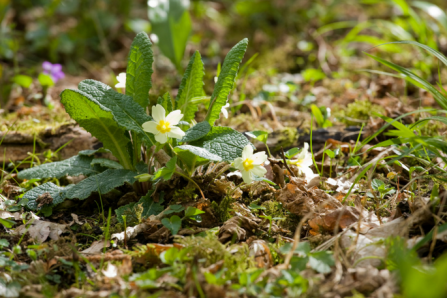
Primroses by Tristain Blaine
This tranquil haven with a rich variety of wildlife is just perfect for recharging the batteries at this busy time of year. There are some steep slopes and uneven ground.
The woodlands are home to many birds. Listen out for the drumming of the great spotted woodpecker and the 'yaffle' of the green woodpecker. Tawny owls can be heard hooting in the trees and the 'pitchou' call of the marsh tit is commonly heard. This month, with spring in the air, there should be plenty of birdsong to hear as birds pair up ahead of the the breeding season.
You can explore the reserve and surrounding countryside on our circular Tring Park Wild Walk.
Learn why Dancersend is known as the mother of all nature reserves and discover its importance place in the history of nature conservation in the UK.
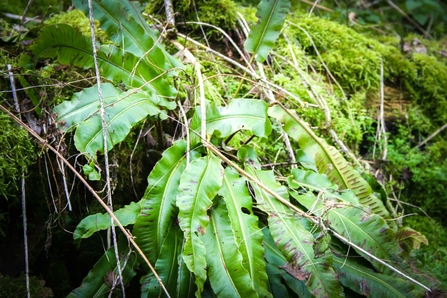
Dry Sandford Pit is one of the Trust's nature reserves within Cothill Fen along with Hitchcopse Pit, Lashford Lane Fen and Parsonage Moor. This is the largest area of alkaline fen in central England and the reserves are a nationally important collection of wildlife sites. As winter turns into spring, look for flowers including cowslip and marsh marigold.
The large pond and complex of smaller ponds, shallow swamps and flowing channels provide homes a remarkable wealth of animals and plants. In spring, the pools provide spawning sites for frog, toad and newt.
Dry Sandford Pit was once a limestone quarry and now includes fascinating fossil-rich cliffs, fen and woodland. The ring of sandy cliffs create a secluded spot where nature and geology are both on show. The cliff face reveals ancient fossils laid down during the era of the dinosaurs. Please don't climb on the cliffs, and leave the fossils for others to enjoy.
Explore Cothill Fen and the nature reserves on our circular walk.
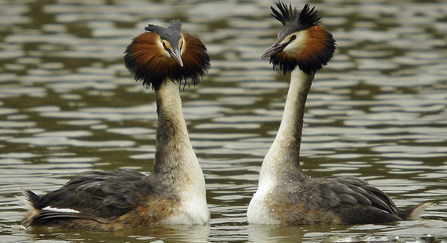
WildNet - Steve Waterhouse
Lying in a rolling Buckinghamshire landscape of arable fields, pasture and woodland, Foxcote Reservoir is the kind of place that rewards patient visitors. Created in 1956 by damming a small tributary of the River Great Ouse, this site has become important for the numbers of wintering waterfowl, especially wigeon and coot.
During the spring, look out for great crested grebes performing their spring courtship. This involves head-shaking, diving, fluffing out their plumage in the so-called 'cat' display and presenting each other with water plants as they rise from the water breast-to-breast.
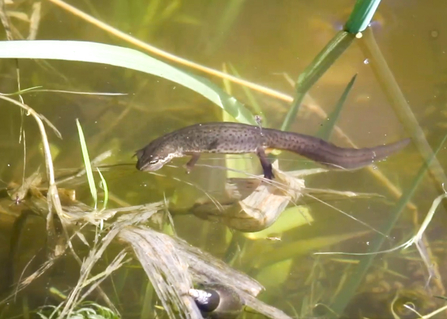
A female smooth newt laying an egg. Picture: Mark Bradfield
This little nature reserve in West Berkshire is home to all three species of newt found in the UK - smooth newts, palmate newts and great crested newts.
Have a look in the ponds and see if you can see newts, frogs and toads starting to lay their eggs. Frogs lay the familiar big masses of jelly-like spawn. Toads lay long strands of eggs and newts lay individual eggs that they fold a leaf around for protection.
Remember, great crested newts are a protected species so just look and leave them in peace to breed!